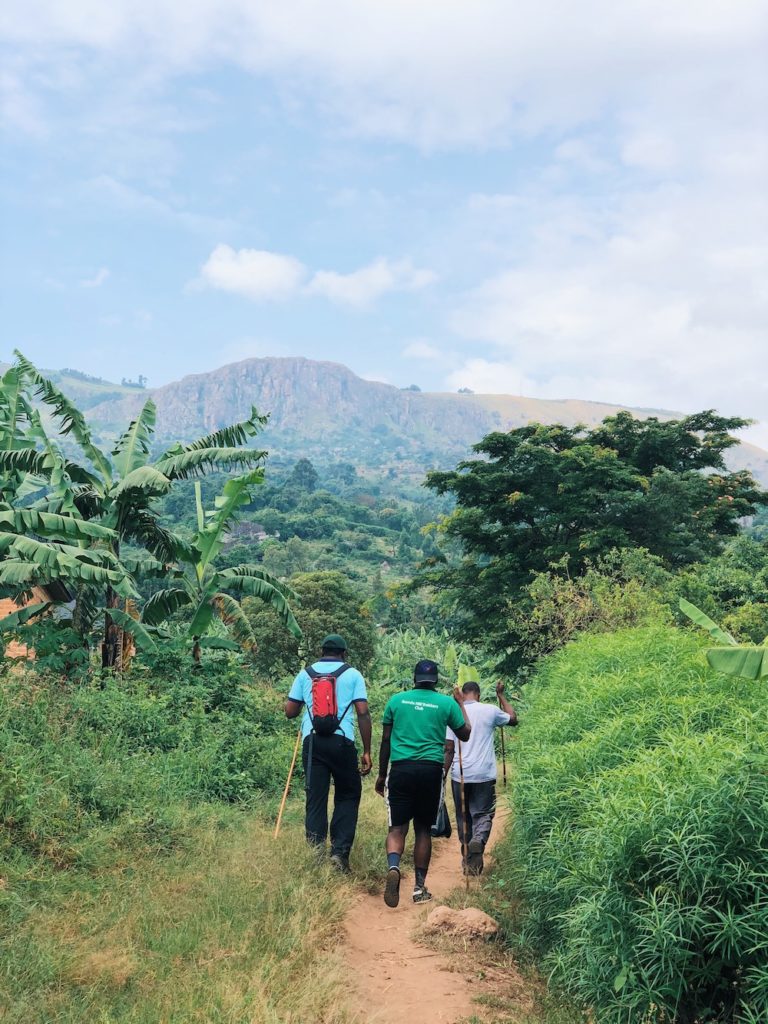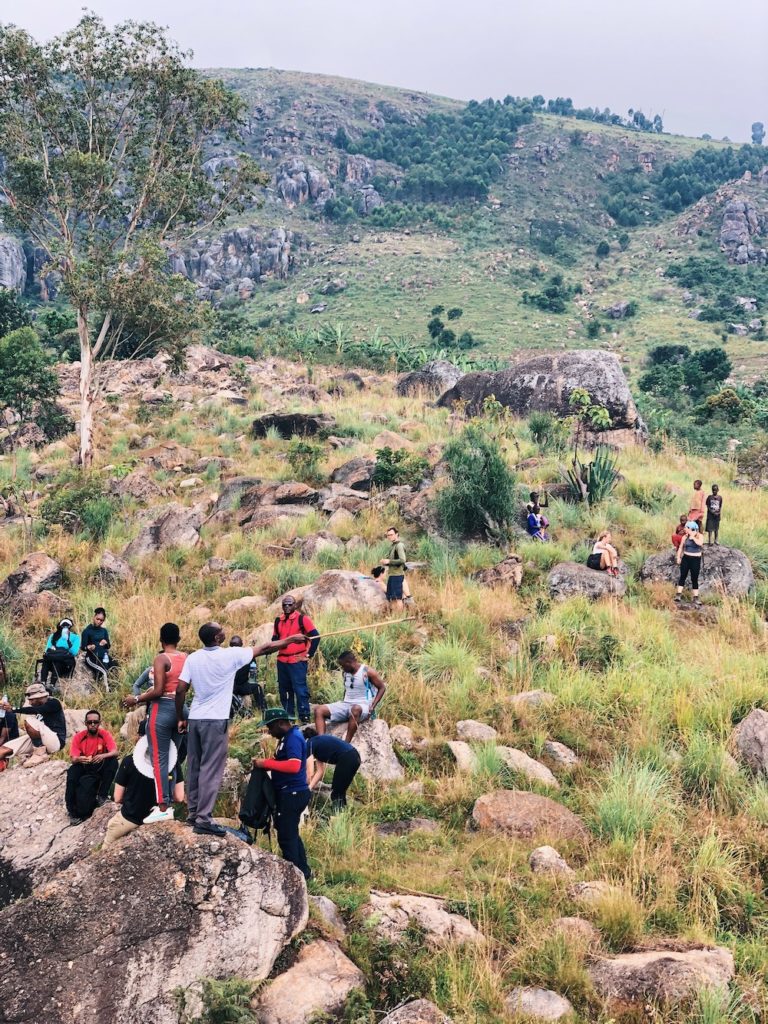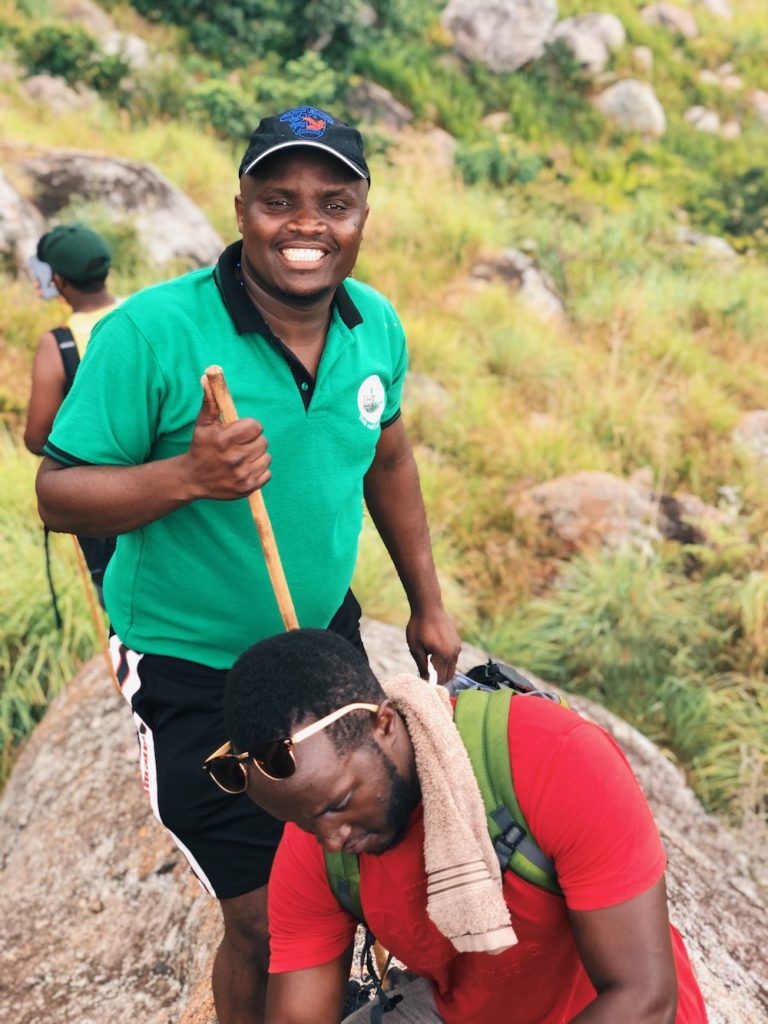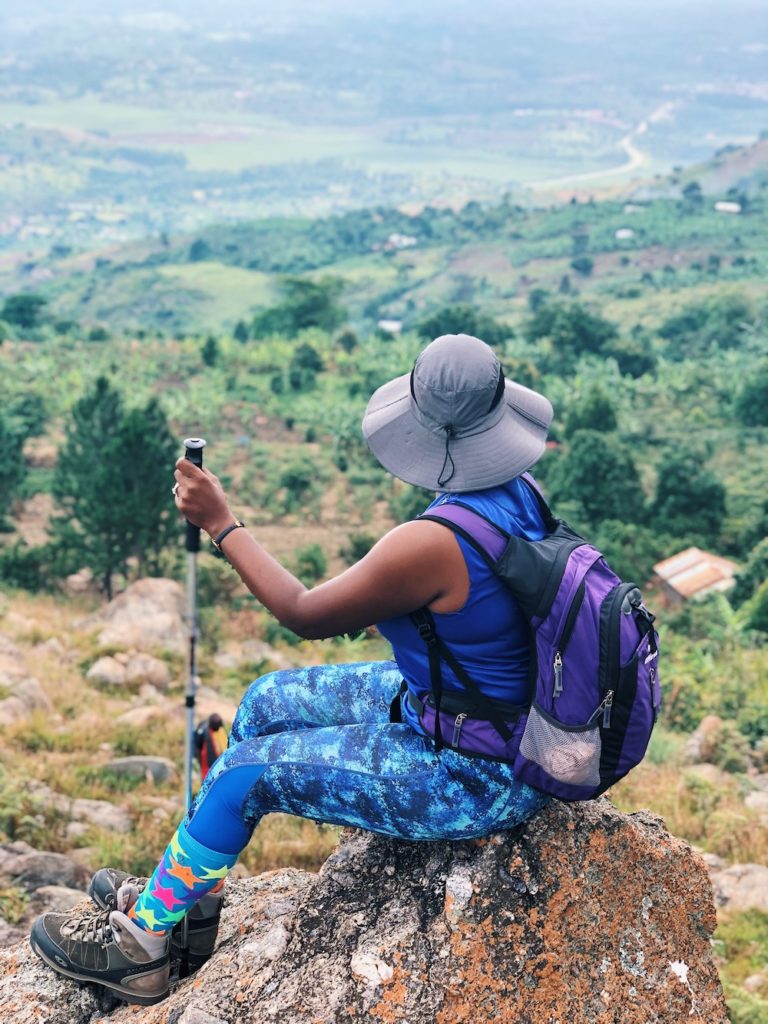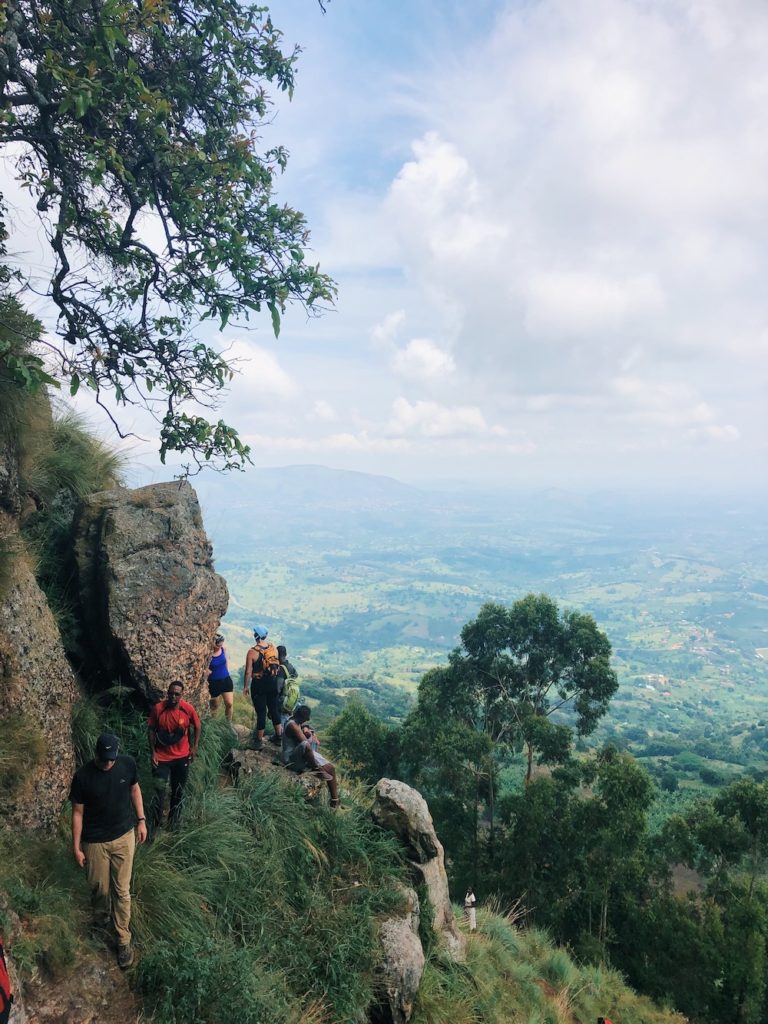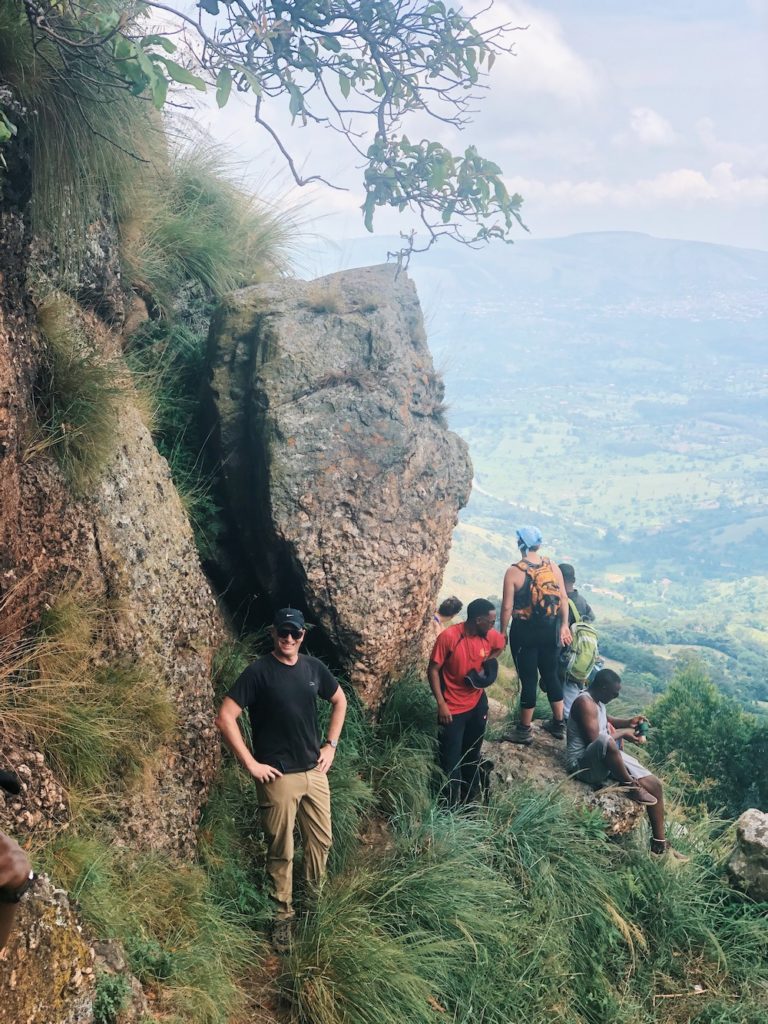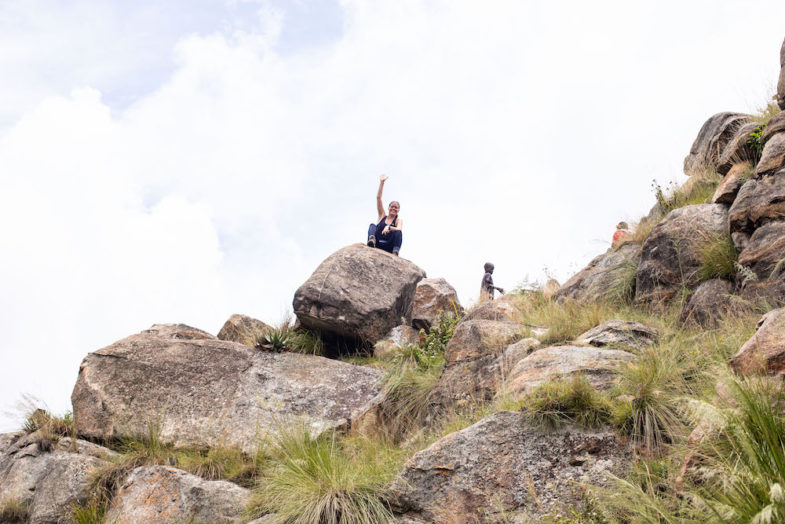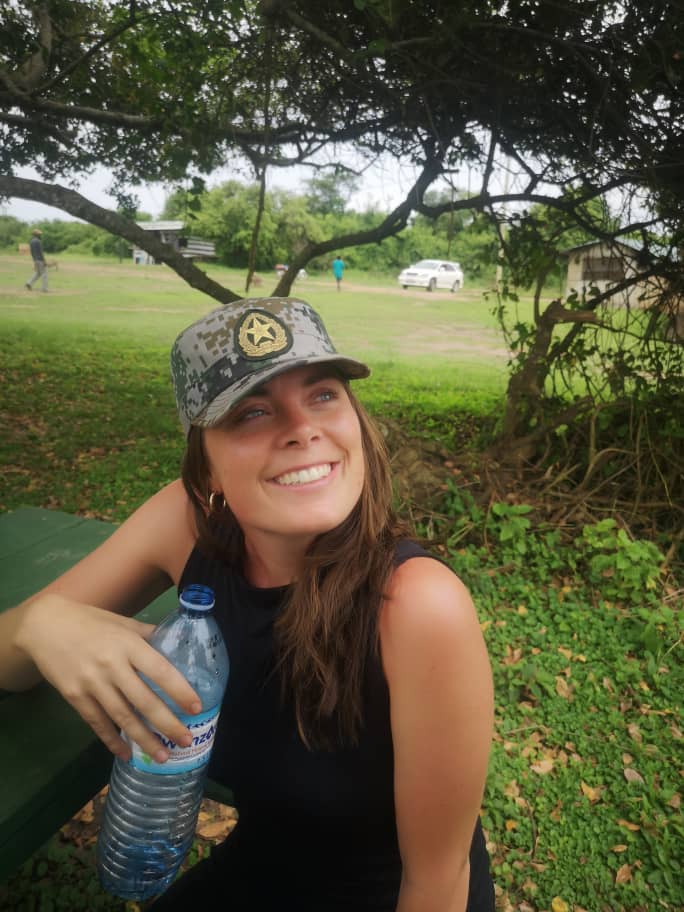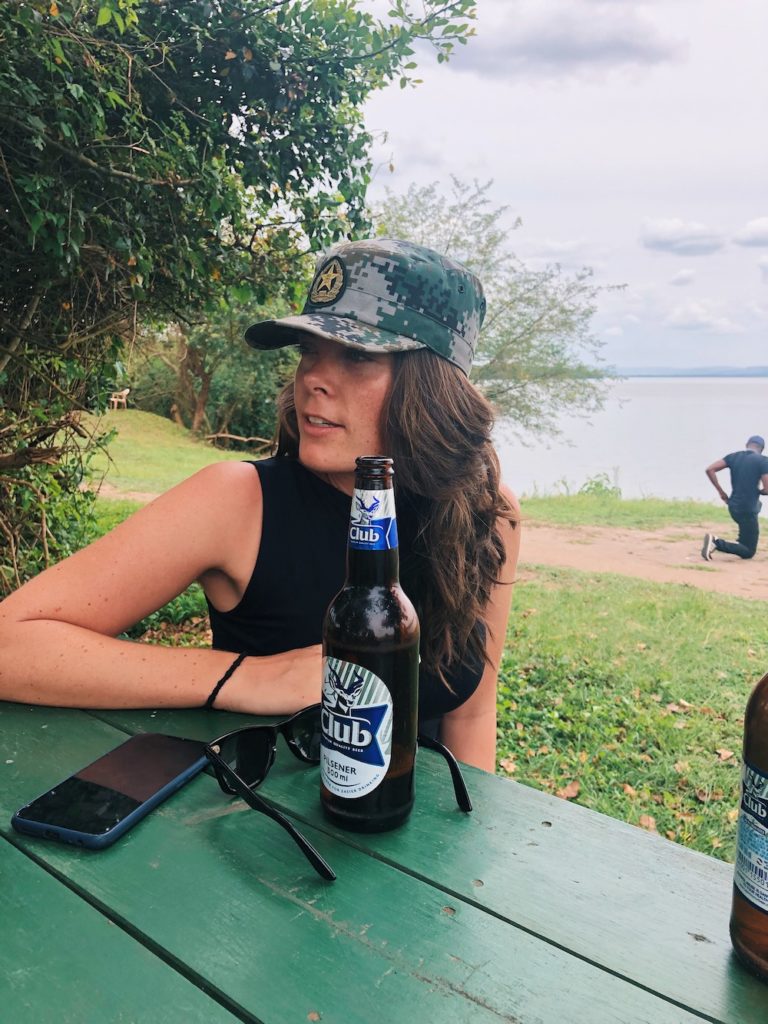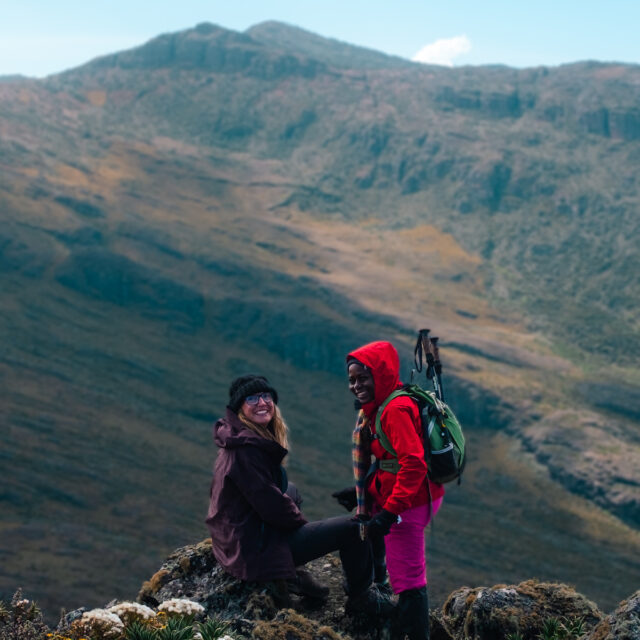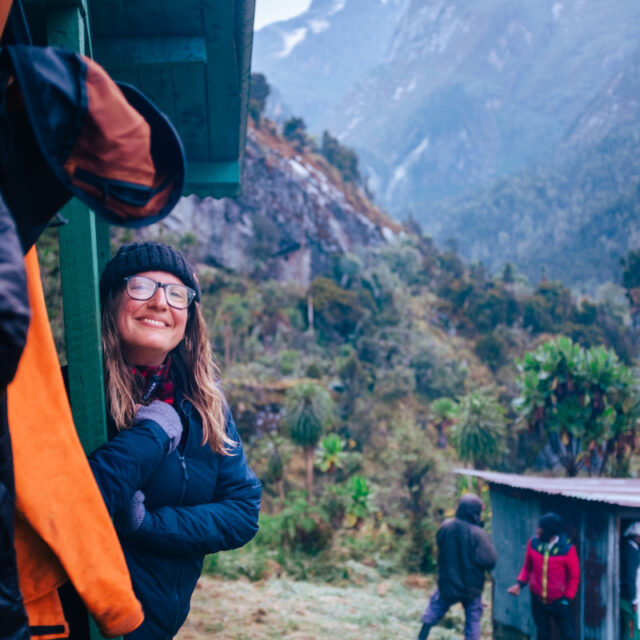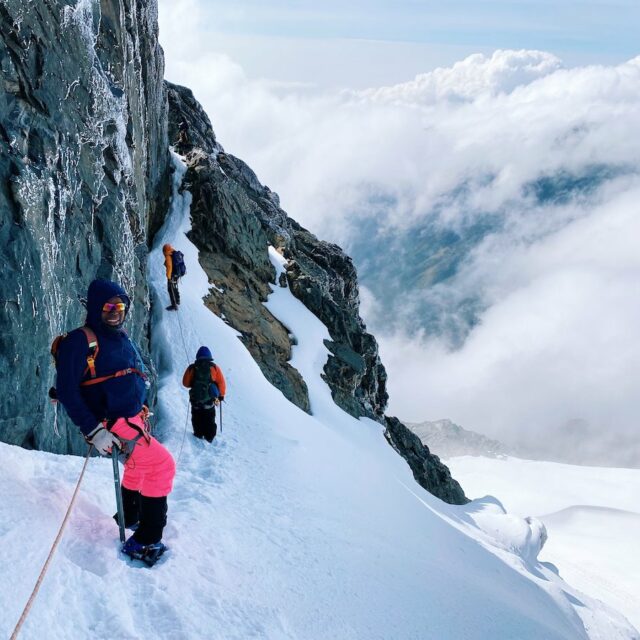What a year the past three weeks have been. In mid-March, while the rest of the world was battling COVID-19, Uganda was a “safe” haven. Oh sure, most of us were convinced that the virus had already arrived, but without any confirmed cases we were all very happy to pretend like everything was business as usual.
It seems like years ago now, but a little more than three weeks ago, I packed my bags and left the city to climb the mountains of Ibanda with the Mountain Slayers Uganda (MSU). It had all the hallmarks of your ideal slay: some 40 sociable lunatics, great weather, unmarked trails, and a little touch of local history (more on that later).
As per usual, we all met up at Lugogo in Kampala to pick our seats on the UWA bus, say hi to long-lost friends and buy necessities (water, cashew nuts, whiskey) at the Shoprite supermarket. A road trip with the Mountain Slayers usually involves loud music, loud people, and plenty of beer, so the MSU usually has a pre-brief to ensure people know what they are signing up for. Slayers work hard, hike hard, and party hard.
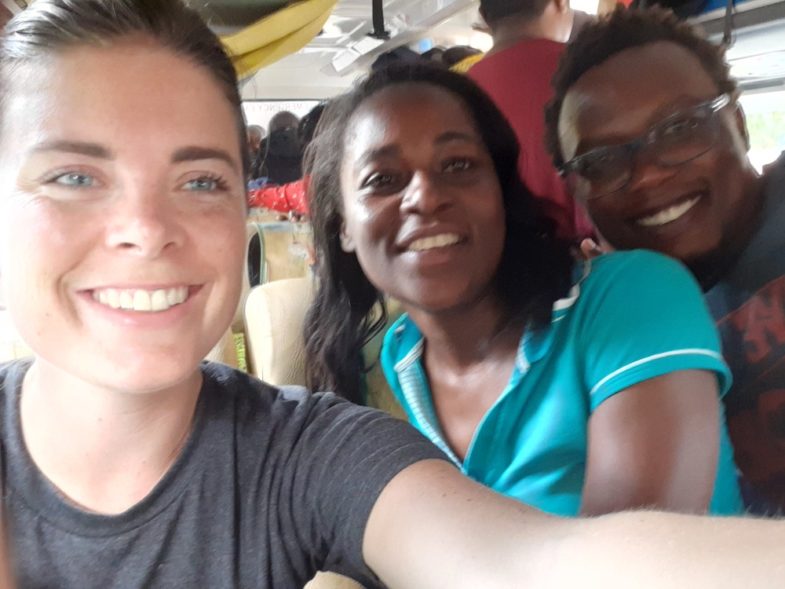
Our destination this time around was the district and the town of Ibanda, located in the western parts of Uganda. Like most of Uganda, farming is the main source of income in the region, with coffee being one of their main crops. The trails we walked, with the Ibanda Hill Trekkers’ Club, led us past many coffee fields ripe for the picking.
Our Saturday hike took us up the sides of Mabanga hill, a majestic structure that overlooks large swaths of the district. We wandered on local trails through thickets of grass, trees, gardens, and homesteads, as we made our way to our halfway point: the Nyakahondogoro caves.
In order to reach the cave you have to climb up a short, but steep cliffside, and crouch down on your belly to get inside. As one of the first people in I got the pleasure of meeting the host of bats that call the caves their home. They left when they realized there were more visitors coming.
According to local legend, the caves are supposed to be a sanctuary of the Bachwezi. The Bachewzi, or just Chezwi, were demigods who ruled the ancient Kitara empire that encompassed parts of Uganda, Tanzania, Congo (DRC), Rwanda, Burundi, Zambia, and Malawi. You can read more about the history of the caves and the people in Anthony Natif and Dibo’s writeup from the hike.
After visiting the caves, we climbed to the top of the hill and were rewarded with a spectacular view of Ibanda. But enough words, here are some photos:

Coffee drying outside a homestead.
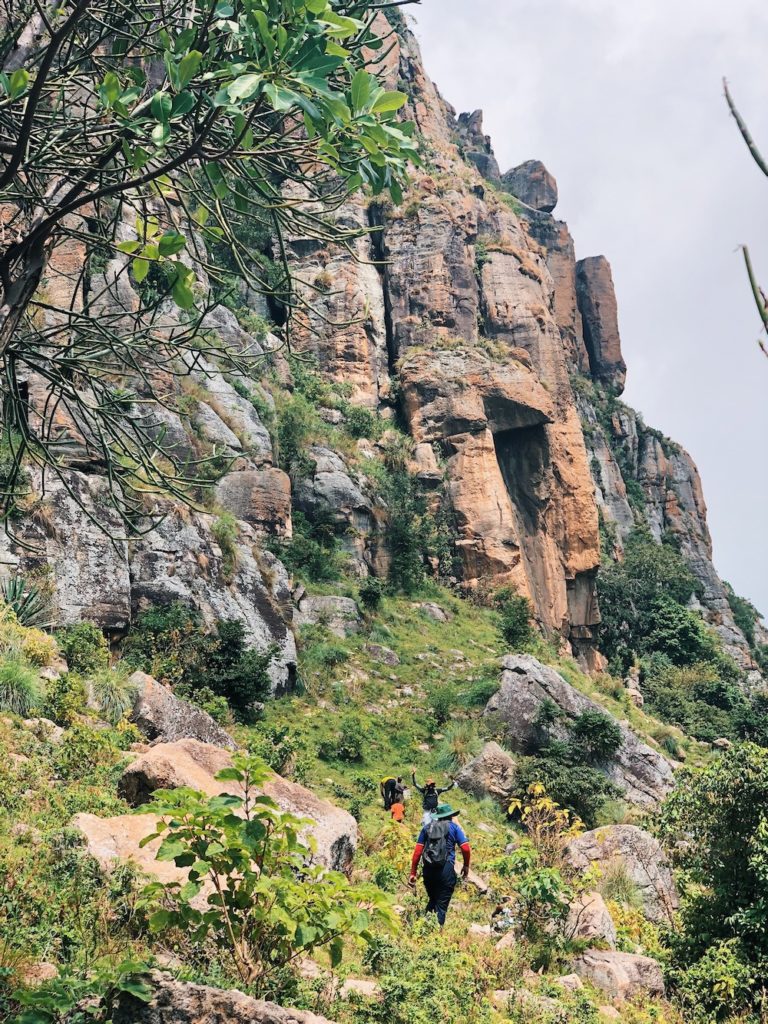
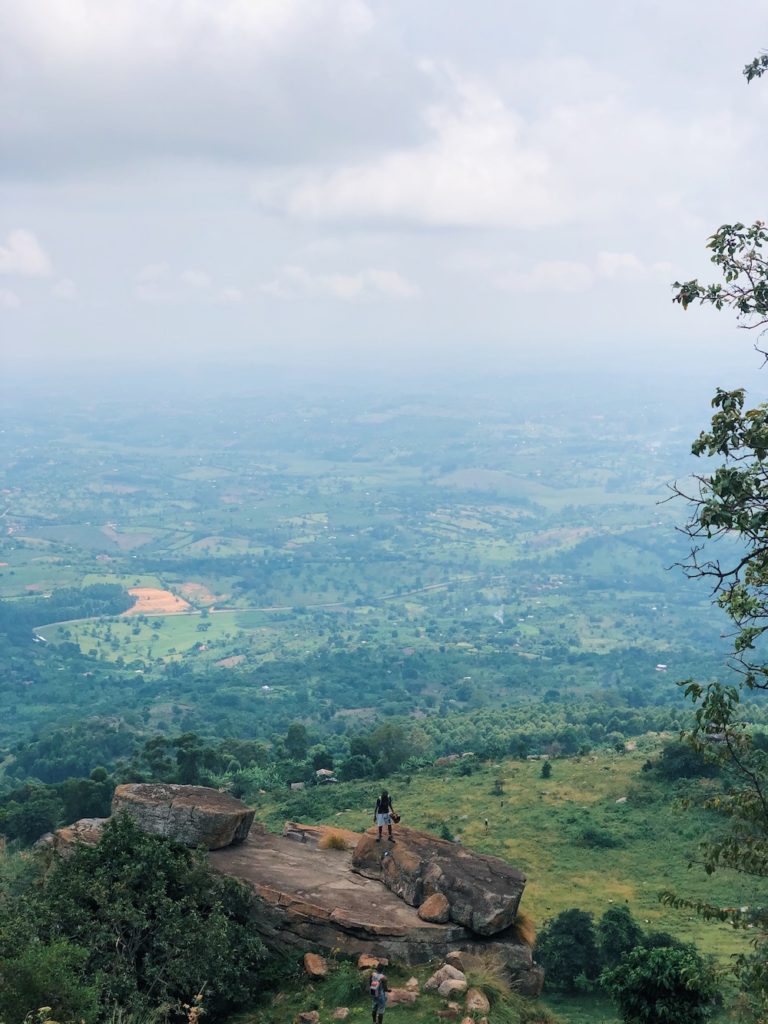
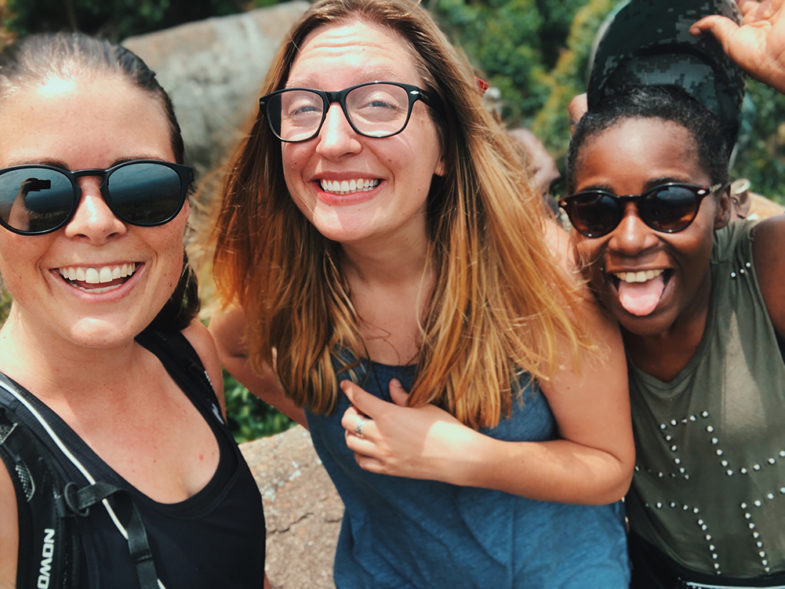
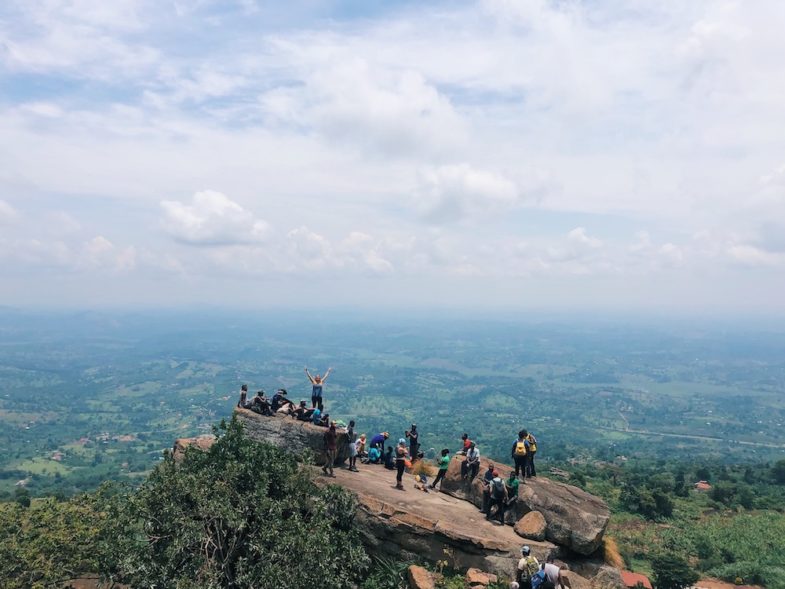
I did not take any photos inside the cave, but here’s one from the mouth of the cave with some of the boys who tagged along on our hike:
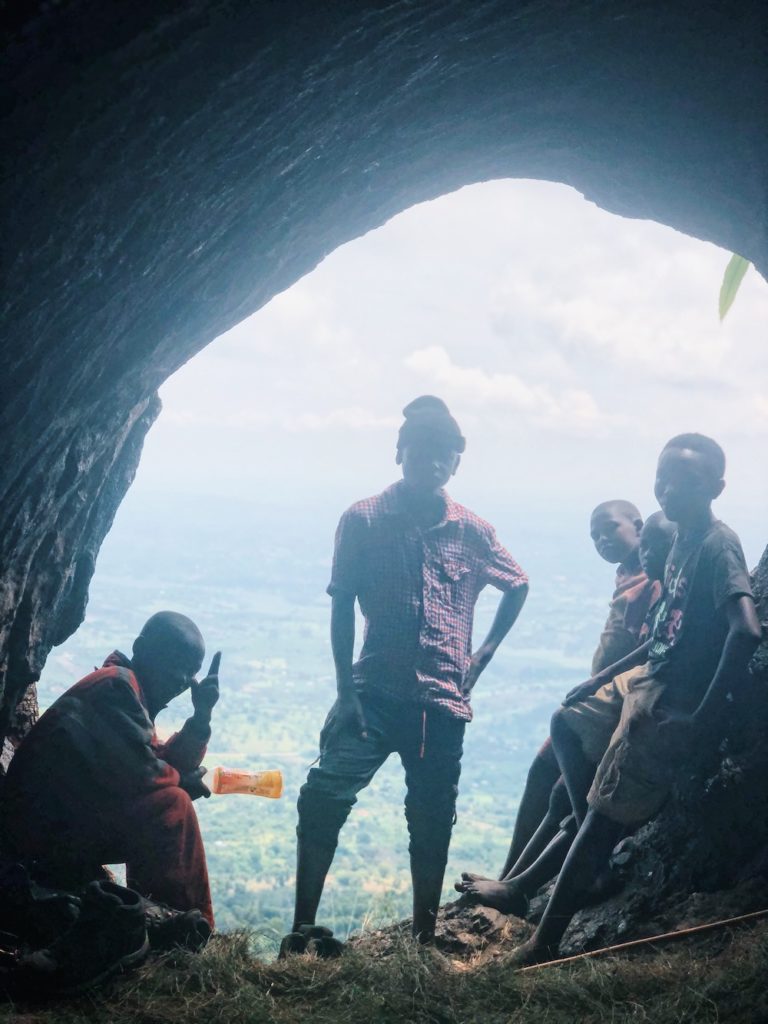
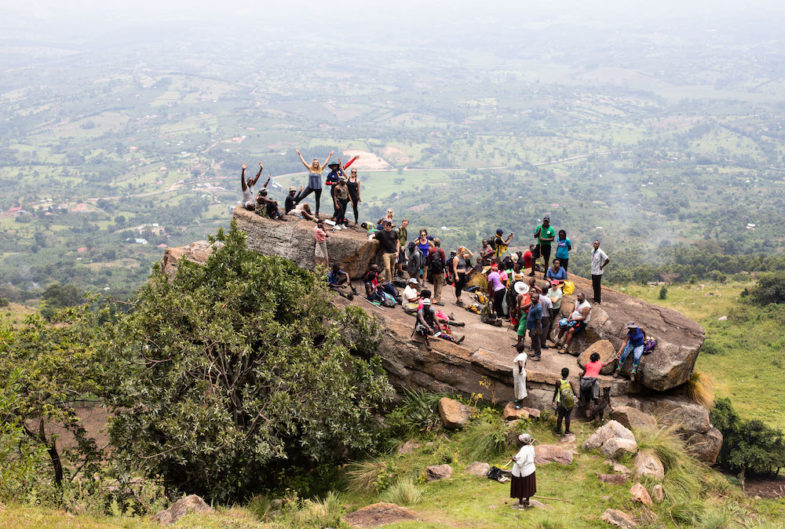
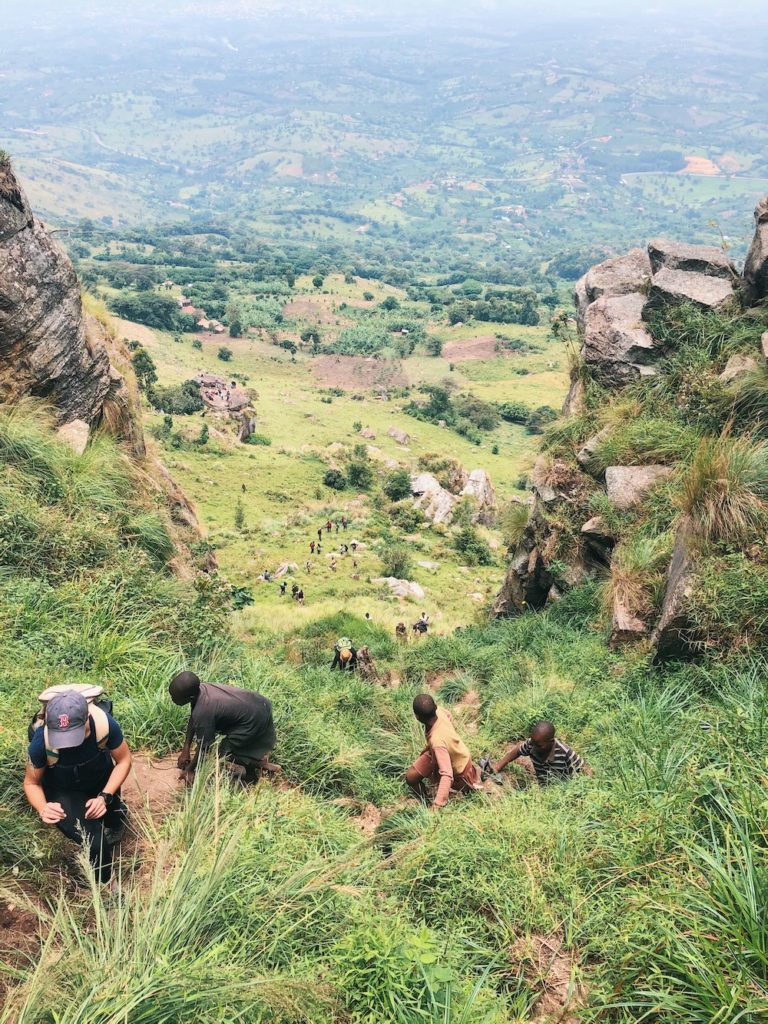
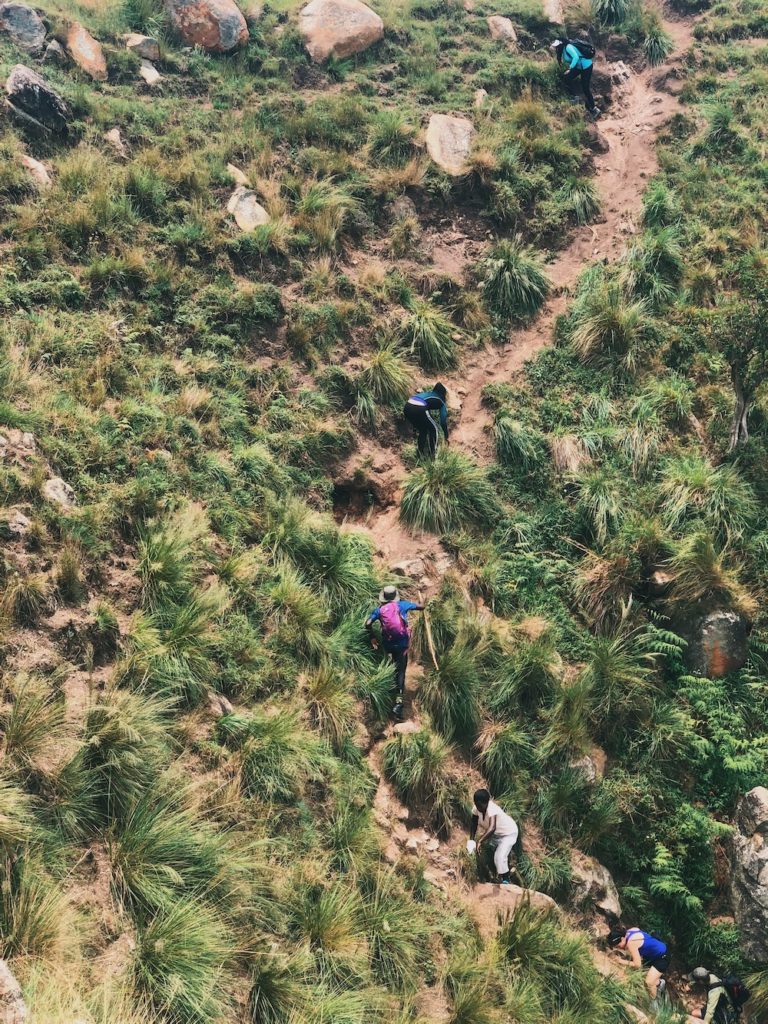
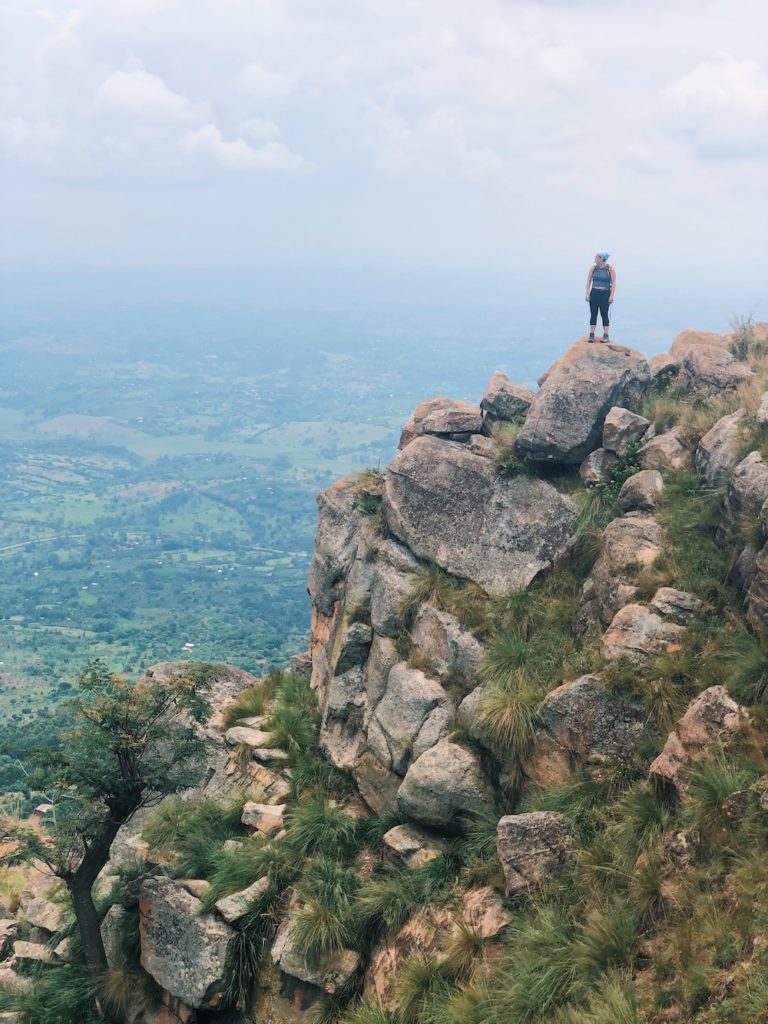
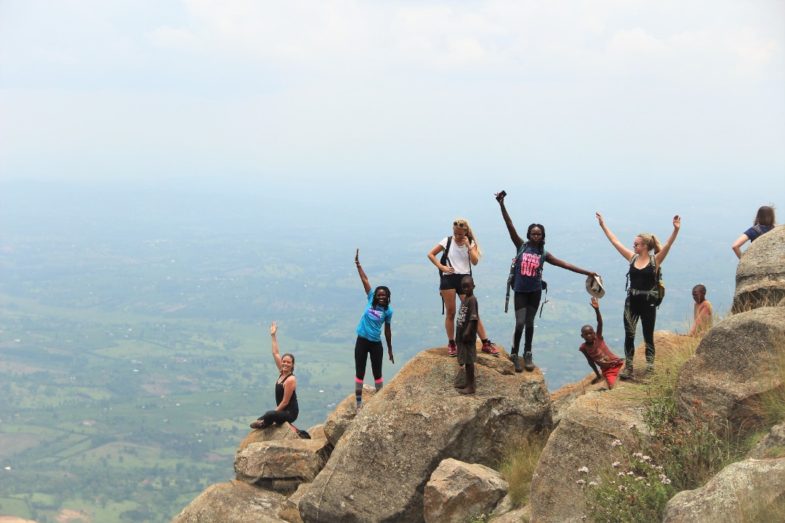
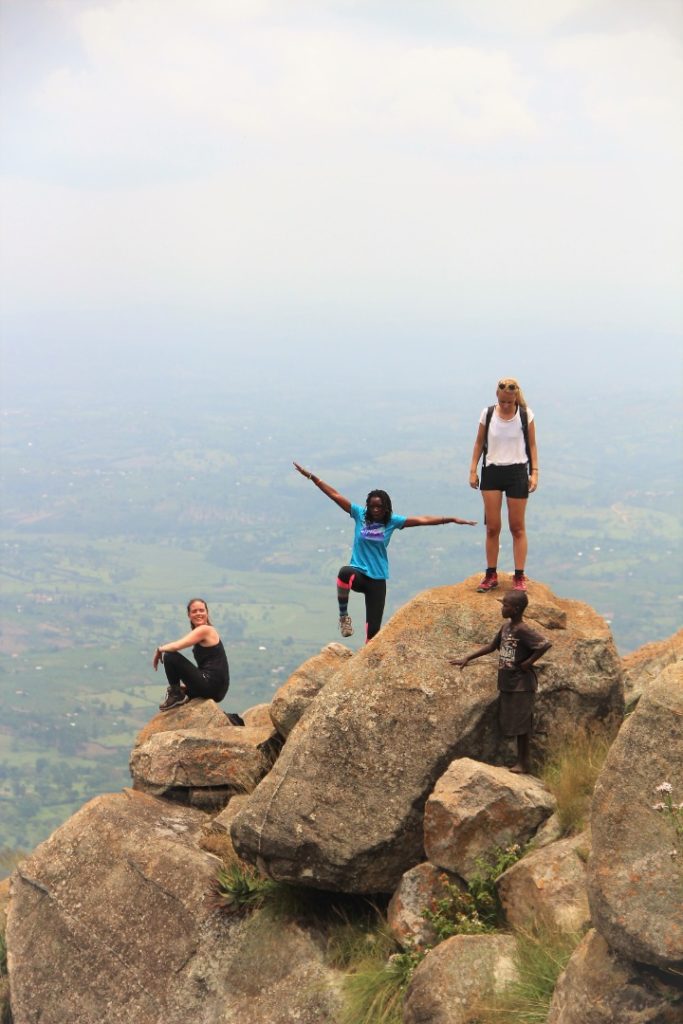
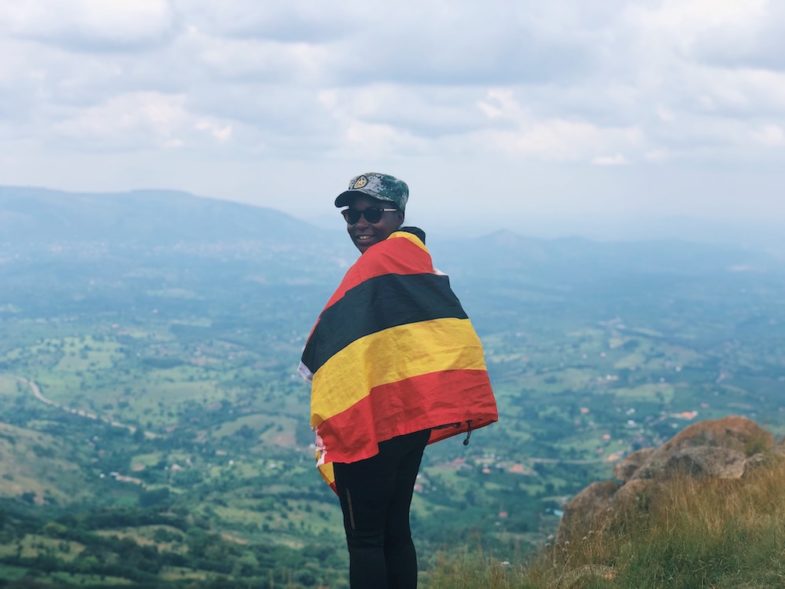
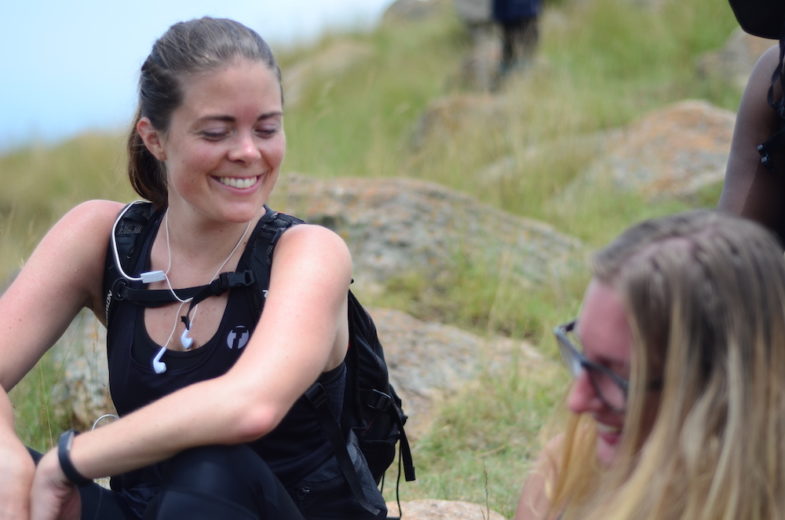
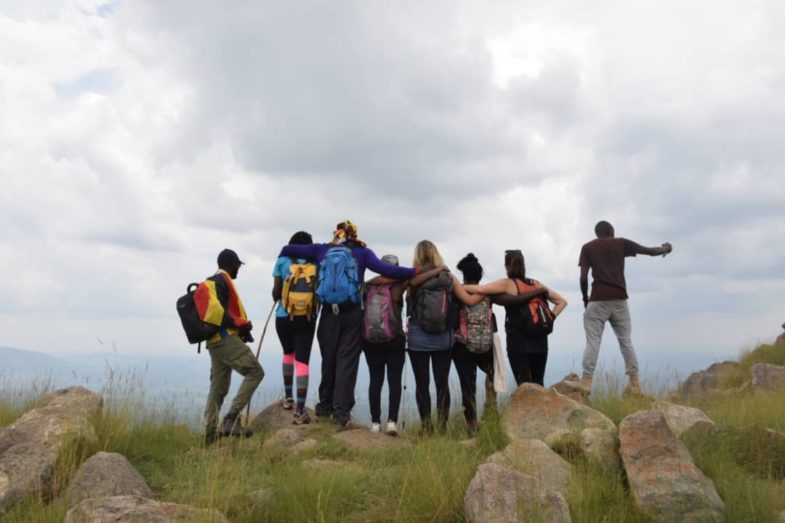
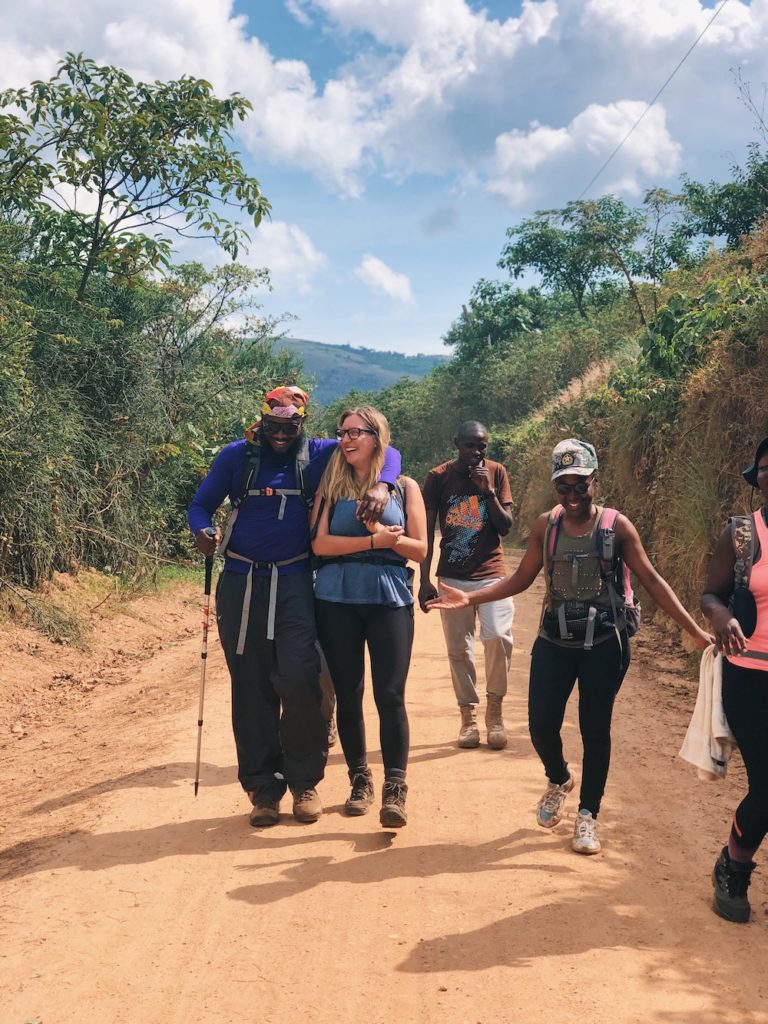
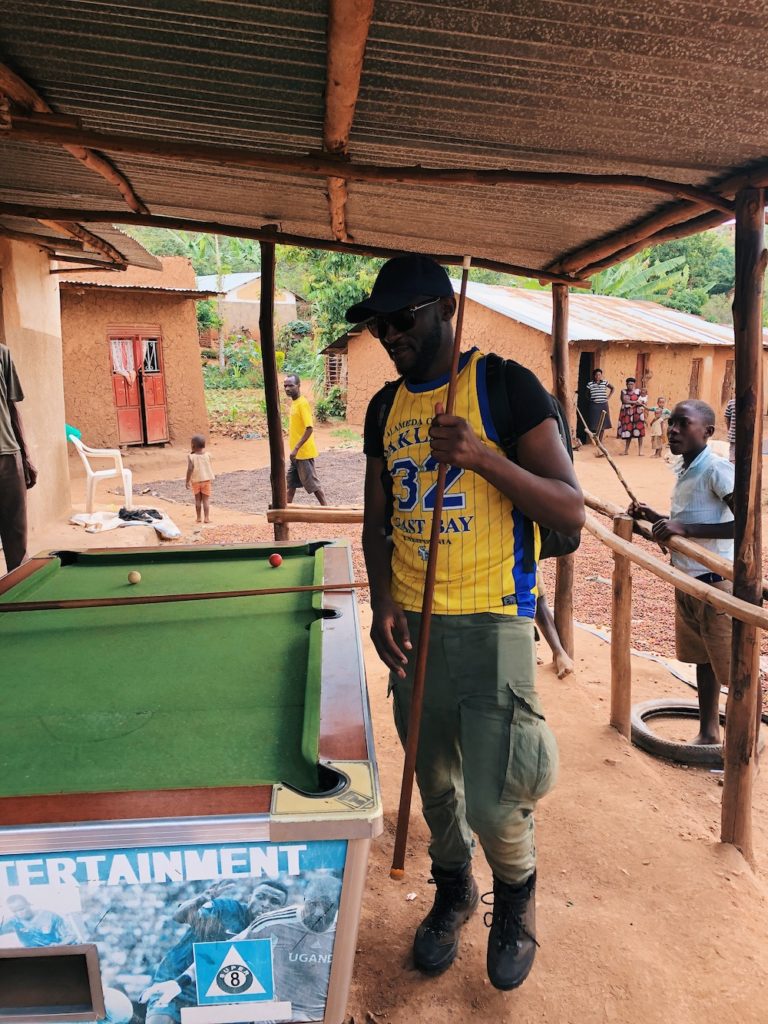
If there is one thing I’ve learnt about Uganda, it is that you can find a pool table anywhere. Even when following small hiking trails in the hillside.
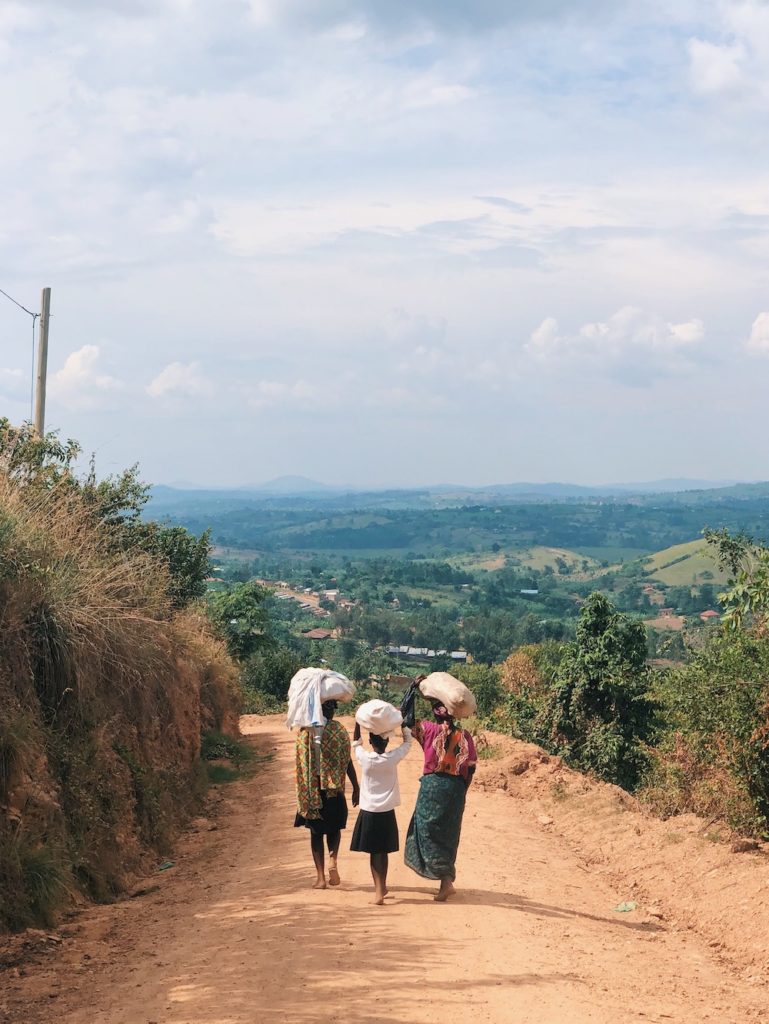
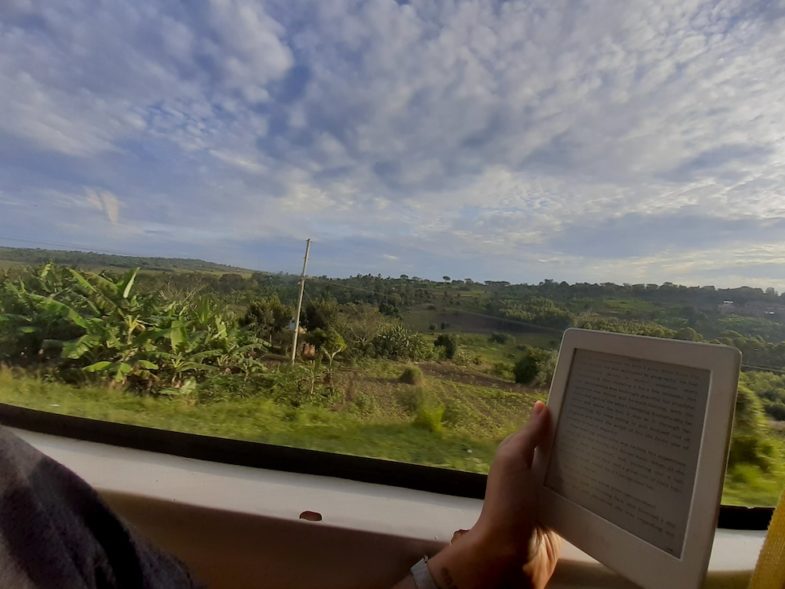
12 kilometers later we reached the road and headed back to the campground for dinner and drinks. Sunday morning, we packed up our stuff and headed for Kampala, via Lake Mburo. I mean, what is a trip to the west without a little break to see zebras?
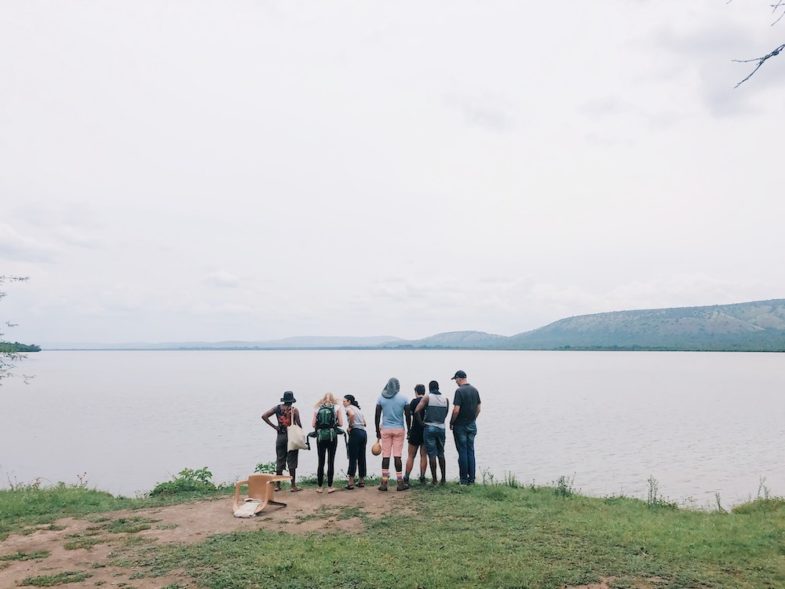
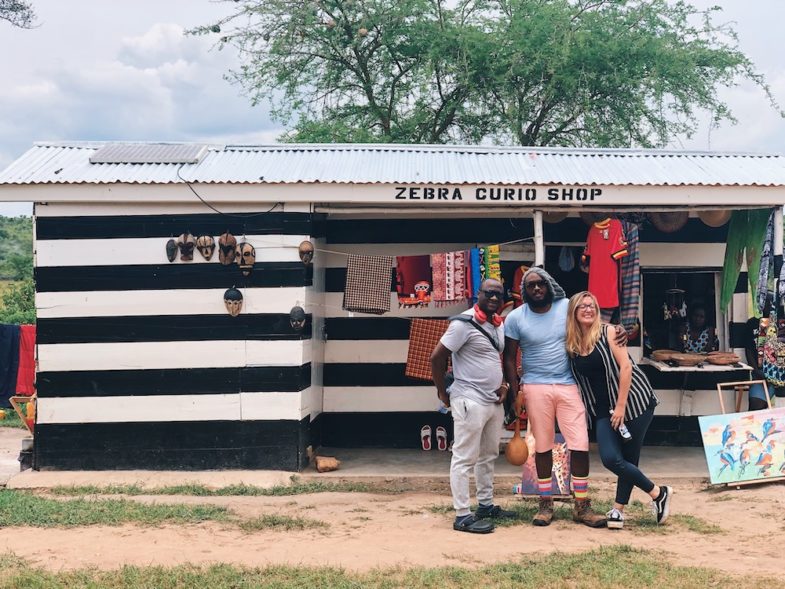
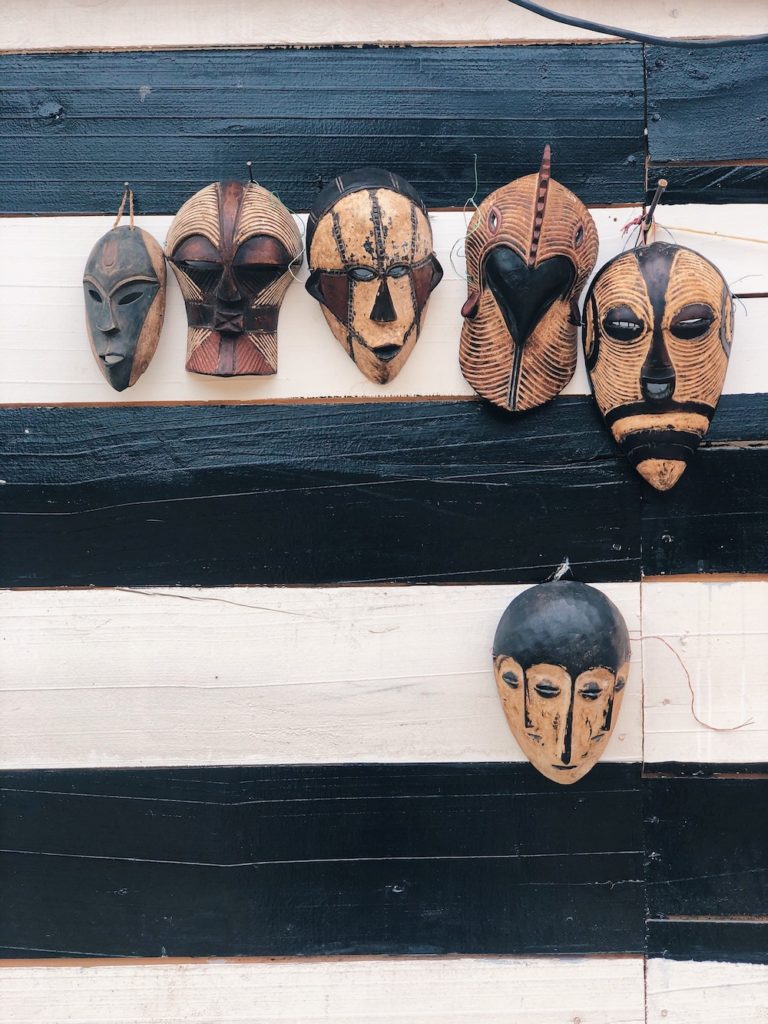
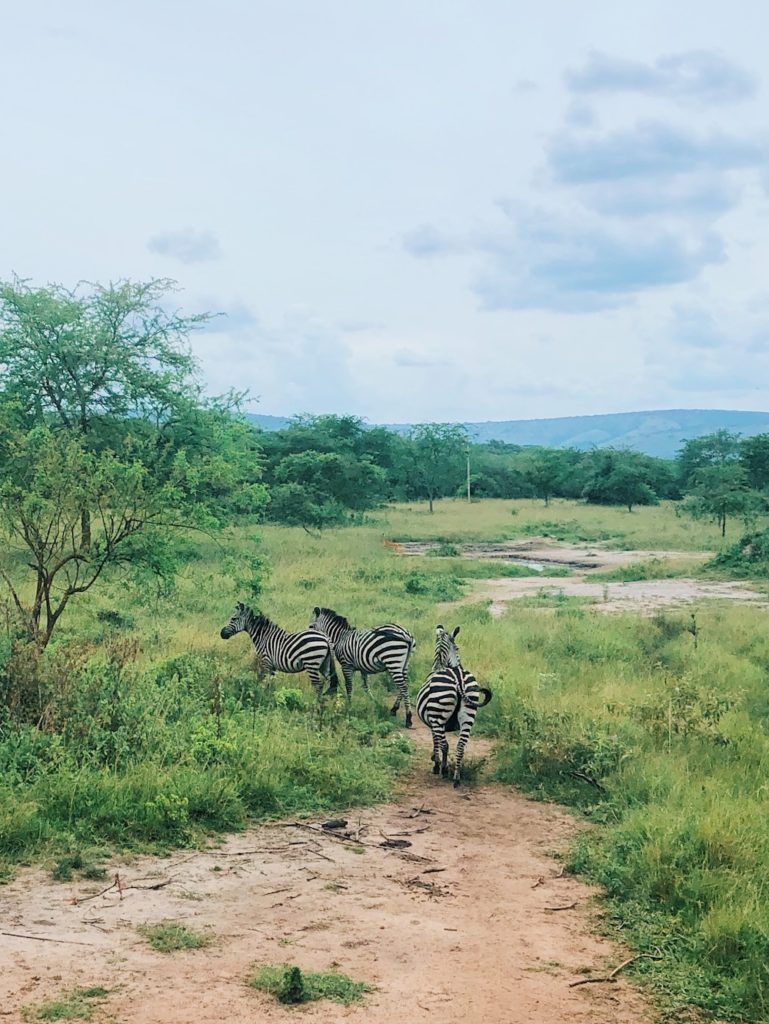
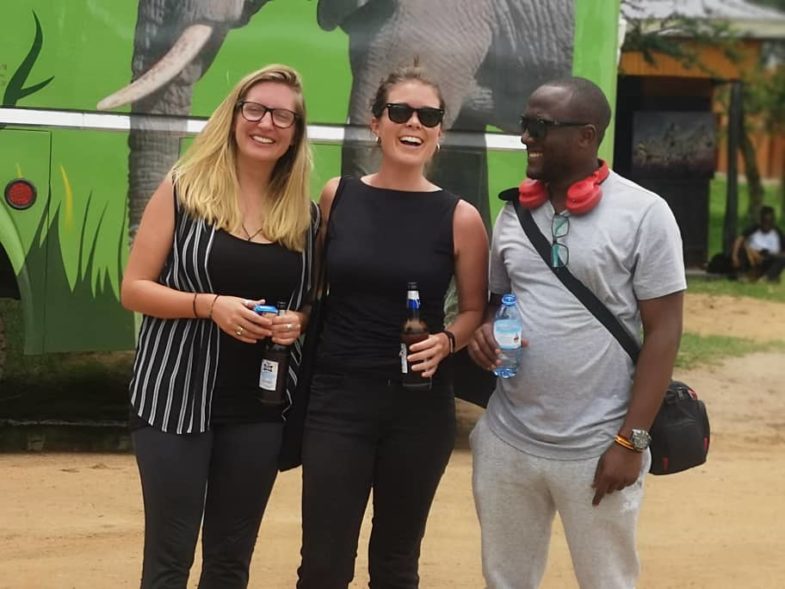
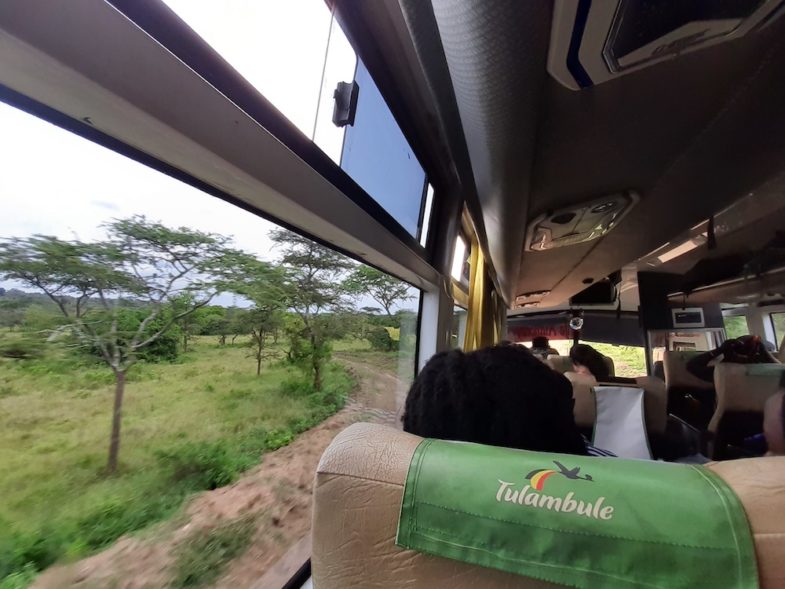
And then we returned to the real world. Where COVID-19 was turning the world apocalyptic and countries were going on lockdown and shutting borders. A week later I was on a plane back to exile in Norway, with no idea of when I will return to Uganda. For now, I will have to make do with the photos from past adventures to sustain me in self-isolation.

